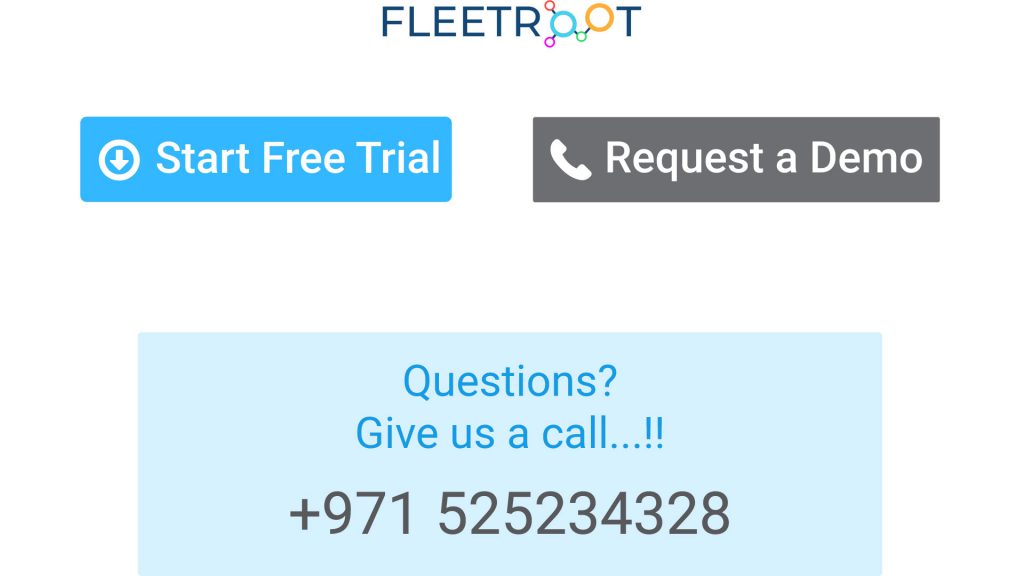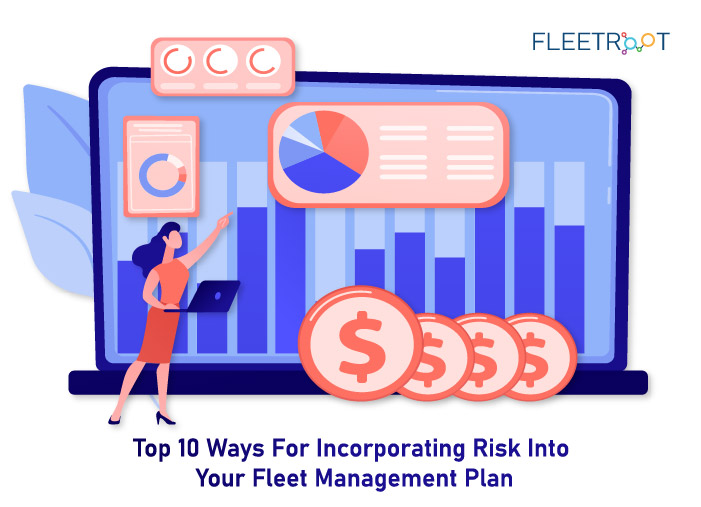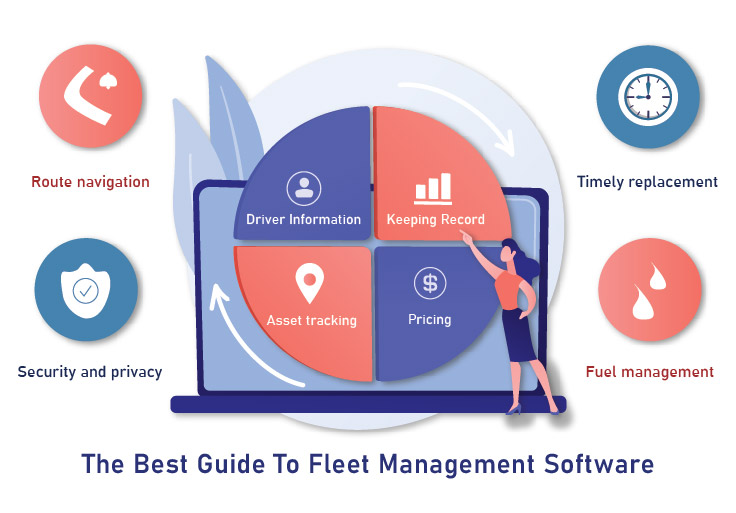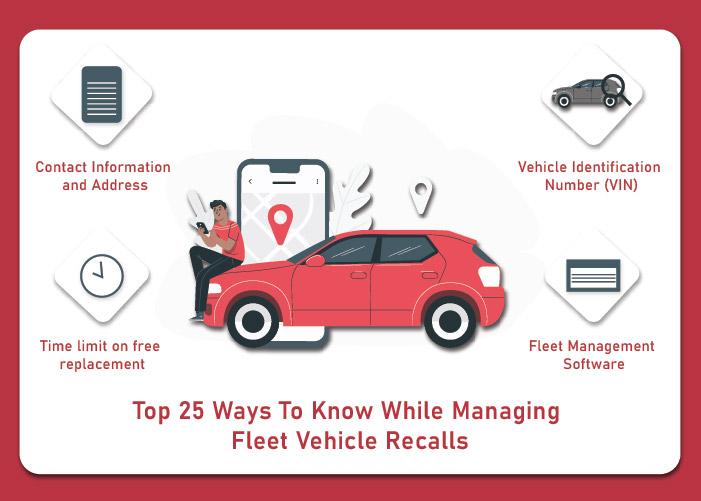While devising a fleet management plan, keeping the attributes of fleet management software at the forefront, the first thing to check is how to reduce costs by proactively managing the risk factor.
Here we will discuss some effective ways that will help firms with strong safety cultural practice to derive operational and financial benefit.
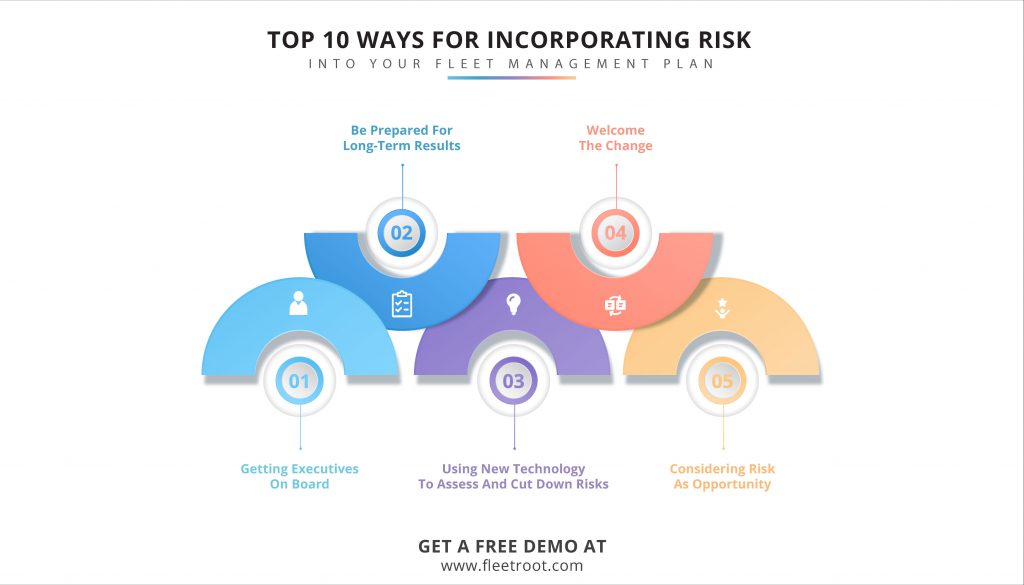
1.Be Prepared For Long-Term Results
Irrespective of whether your fleet management service is your core venture or you are using it to support your other businesses, each trip has its own risk-levels.
For managing the entire umbrella of things associated with risks like loss prevention, safety, and insurance you need to embrace a lot of patience as the results are going to come after a long time.
2.Welcome The Change
The fleet management arena has been changing exponentially at a rapid pace which has added factors like creativity, challenge, excitement, and adaptability to the portfolio of the fleet manager.
Welcoming these factors as a part of the work is now a necessity as the role of a fleet manager has evolved into a corporate one.
Welcoming this change and adapting to it can help a firm come up with the most effective risk managing solutions.
3.Getting Executives On Board
No company can survive without support from its executives and staff members. So, for ensuring that your risk management plan is successful, get the executives on board as they have the power and the necessary experience to make the crucial decisions.
Educating the senior officers on the significance of risk management and introducing them to potential risks for an organization can bring a level of transparency in communication which can go a long way in helping the company resolve the crisis situations without any hassles.
4.Using New Technology To Assess And Cut Down Risks
The latest buzzwords in any field are terms such as Software as a Service (Saas), Internet of Things (IoT), and Business to Business (B2B) which is a proof to the extent technology is now dominating all types of business and personal cultures.
The best fleet management software such as the electronic logging devices helps to control costs and improve productivity, and source, access, interpret and exploit all the data that is provided by these devices.
Using this data, it is possible to set up a risk management plan that lets the company focus on true assets of a business and take the appropriate actions.
5.Considering Risk As Opportunity
More often, businesses think that risk is an uncertainty that derails all the planning. But it can be taken as an opportunity by being prepared for the possible calculated risks and finding ways to reduce them.
Funding can be a decision-making pointer for an organization investing in risk management. However, planning for better fleet preservation at the early stages can balance the budget by lowering the risks.
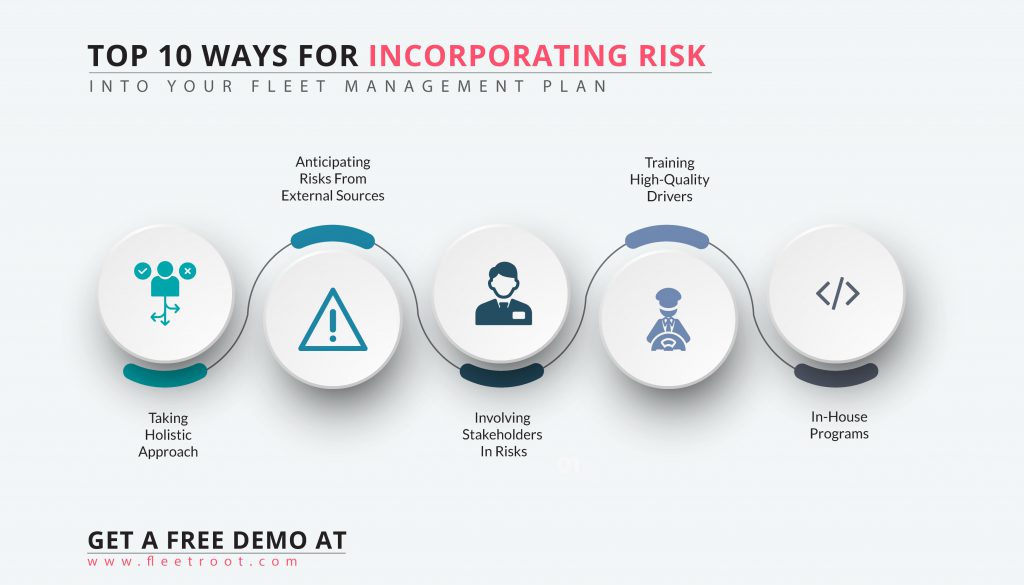
6.Taking Holistic Approach
Organizations that have a holistic approach to safety base their competing strategies taking into consideration four key elements. These includes quality training, background qualification, corporate follow-ups and accountability.
For effective risk management, successful companies devise their programs considering these four elements and tailor it to meet their respective specific requirements.
These four elements when knitted together can form a solid base for designing an effective safety program for the fleet.
7.Anticipating Risks From External Sources
An experienced fleet manager has his own way of evaluating and anticipating certain risks and disasters. So, evaluating such external risks like
Whether your area is prone to natural calamities or disaster and if yes, at what time of the year
Does your company has an emergency backup plan to handle such threats and overcome lock-down situations?
Do you have a skilled team dedicated to handling such last moment crisis situations?
Have you set aside a fund that can be required to manage such sudden expenses?
A fleet manager should consider all the external sources that put his services at risk and try to keep the company financially and morally prepared for efficient and quick handling of such situations all the time.
8.Involving Stakeholders In Risks
At the top level, the people who invest maximum grunt, situation goes haywire or out of control.
That is why it is important that you must communicate your risk management plan to the stakeholders that may include the legislature, governor, media and much more.
One of the biggest advantages of communicating the risk levels openly is that everyone in the community is clear about the facts that you are doing everything to cut down the possibilities of risks.
It will also ensure that you get all the required backing and help from them if such a situation does arise.
9.Training High-Quality Drivers
There is no dearth to high-quality drivers.
Also, there are many effective training measures that can train a driver to the hilt.
Most of the drivers with adequate training are confident about their abilities and almost always never think of improving themselves. However, training is quite critical for the success of any safety program.
Training is also a way of an organization showing concern about the well being of employees and its commitment towards the improvement.
That is why fleets should regularly try to find the best training resources that empower their high-quality drivers with better training skills and teach them necessary techniques to adapt according to the challenges.
10.In-House Programs
An organization must think of establishing a few in-house programs such as a driver incentive program and a committee for reviewing accidents. Both these programs do not put a load on your budget but can benefit your overall safety program in a major way.
Through an accident review committee, you can analyze the situation properly in the event of an incident or a crash. It also serves as an accountability measure for setting up benefits for drivers affected by such incidents.
Further, the conclusions derived by the committee after studying the incident can help you craft a better risk management solution.
A driver incentive program serves as a positive accountability measure and encourages him to give his best performance.
Such risk management techniques supplemented by fleet tracking system can go a long way in helping an organization come up with an effective risk management strategy.
